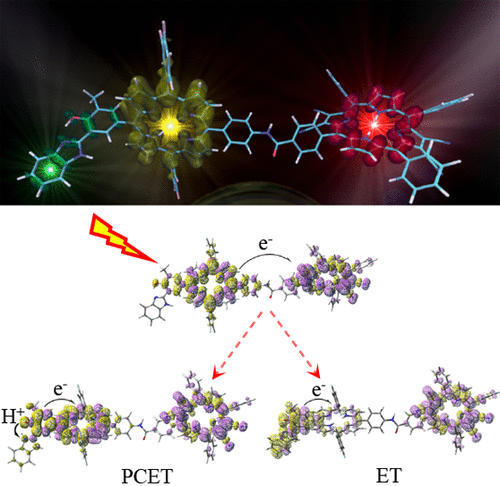Assessing the performances of different continuum solvation models
TITLE: Assessing the performances of different continuum solvation models for the calculation of hydration energies of molecules, polymers and surfaces: a comparison between the SMD, VASPsol and FDPB models
Author: Ismail Can Oguz, Dario Vassetti & Frédéric Labat
Abstract
We present a comparison of the performances of three continuum solvation models, namely the Solvation Model Density (SMD), VASPsol and Finite-Difference Poisson Boltzmann (FDPB) approaches, for the calculation of the hydration energies of molecules, polymers and semiconductor surfaces. For finite molecular systems, all three models have been considered, and the computed data have been compared to available experimental solvation energies for a test set of 630 neutral solutes. For infinite periodic systems, due to the lack of periodic implementations of the SMD model and of experimental solvation energies, only a comparison between the data obtained with the VASPsol and FDPB approaches has been performed. As a key criterion of the validation of a periodic implementation, the size-extensivity of the solvation energy of a model of a poly glycine chain has been considered. In addition, the effect of the surface orientation and of the slab thickness on the computed solvation energy has been investigated by considering five low-index surface orientations of galena PbS, due to the importance of this material in environmental-related processes. For finite molecular systems, all models performed satisfactorily on the whole test set with mean unsigned errors (MUE) values close to the target 1 kcal/mol error threshold with respect to the experimental data. However, depending on the chosen solvation model, some solute classes revealed challenging with MUE reaching 4.5 kcal/mol in the worst cases. Overall, the best performing models were found to be: FDPB > SMD ≈ VASPsol. For infinite periodic systems, the size-extensivity of the computed solvation energies has been verified, both with the VASPsol and FDPB models. In addition, calculations performed on PbS surface models further revealed at least a qualitative agreement between the two solvation models. In particular, the trends in surface energy variation between gas-phase and solvated cases, computed solvation energies, as well as the surface solvation energy convergence as a function of the number of layers in the slab models have all been found very similar between these two approaches. Overall, therefore, these results are encouraging for the applicability of continuum solvation models to a broad range of solutes, ranging from finite small molecular solutes to extended periodic systems.




